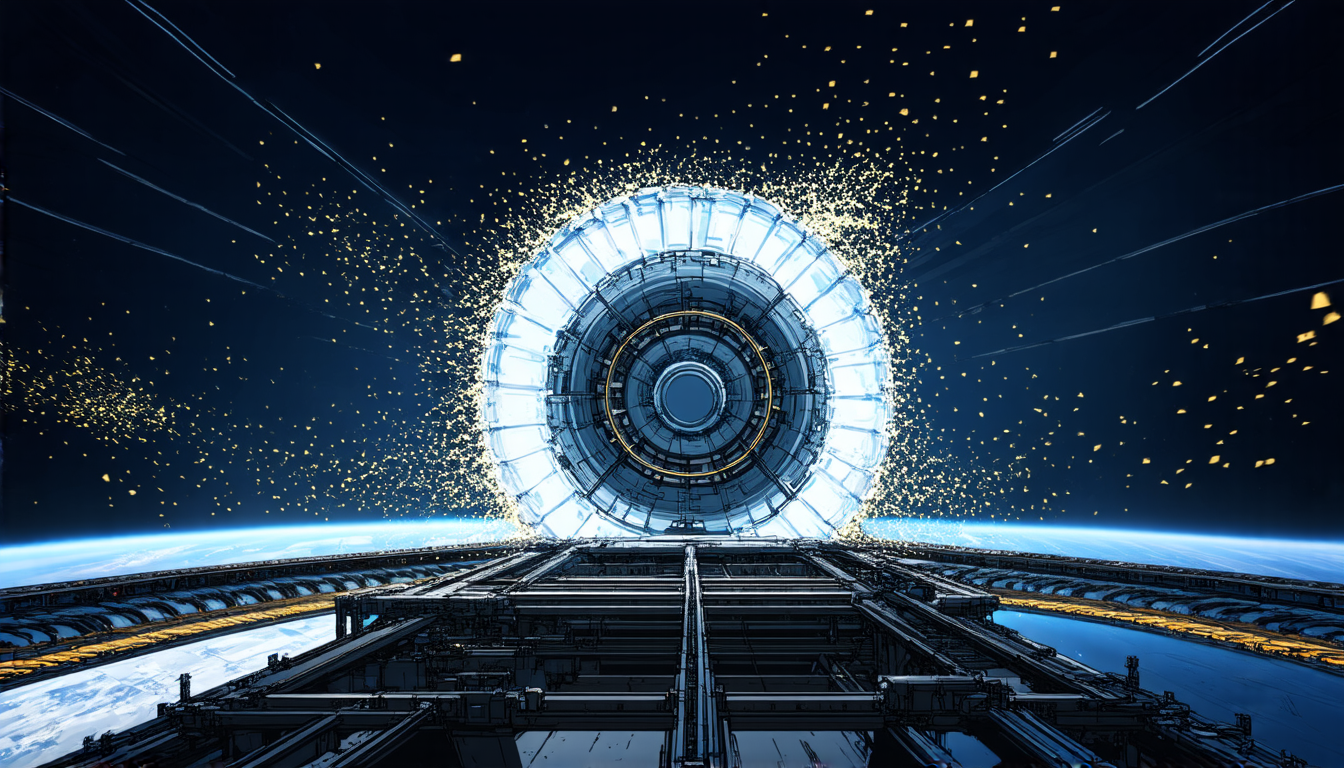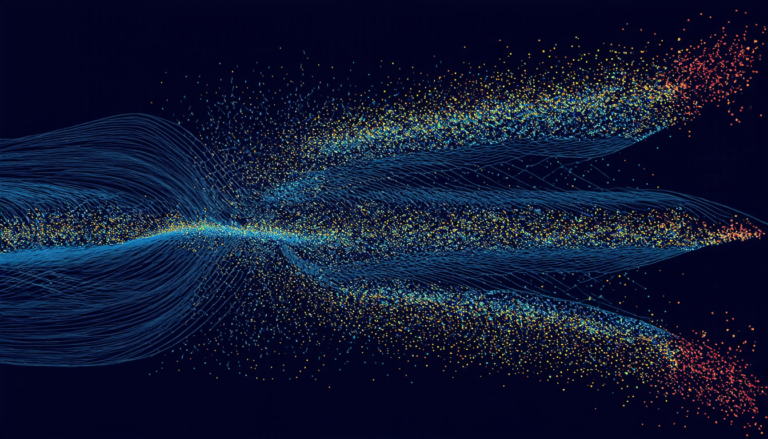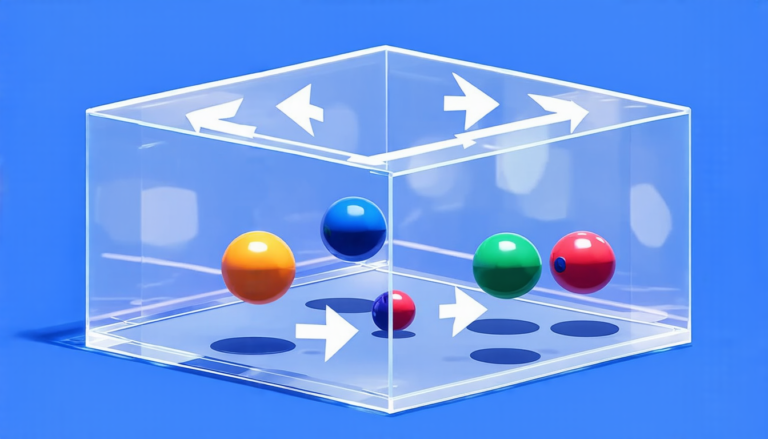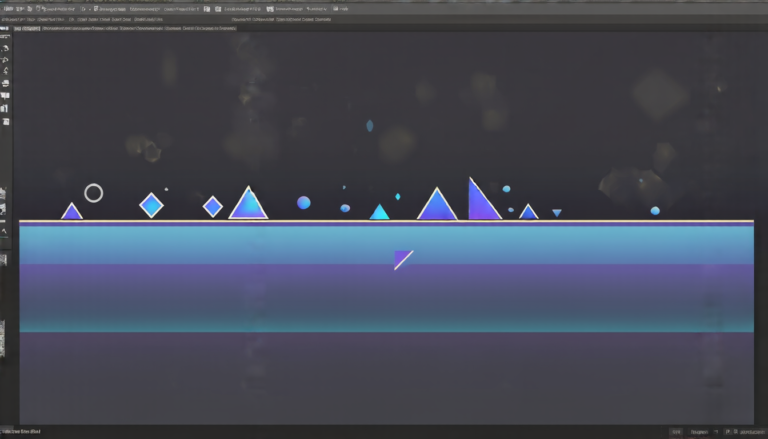Thursday 27 March 2025
Scientists have long been fascinated by the mysteries of the universe, and one area that has garnered significant attention in recent years is the search for new particles that could help us better understand the fundamental laws of nature.
One such particle is the vector-like quark, a theoretical entity that is thought to interact with other particles in ways that differ from those predicted by our current understanding of physics. In a recent study, researchers used advanced computer simulations and data analysis techniques to investigate the possibility of detecting these particles at the Large Hadron Collider (LHC), a powerful particle accelerator located at CERN.
The LHC is designed to collide high-energy protons together, creating a shower of subatomic particles that can be detected by sophisticated sensors. By analyzing the patterns of these particles, scientists hope to uncover signs of new physics beyond our current understanding.
In this study, researchers focused on a specific type of vector-like quark called the top partner, which is thought to interact with other particles in ways that could reveal new insights into the fundamental forces of nature. They used advanced computer simulations to simulate the production and decay of these particles at the LHC, and then analyzed the resulting data using sophisticated statistical techniques.
The results suggest that it may be possible to detect top partners at the LHC, provided they have masses within a certain range. This could potentially open up new avenues for understanding the fundamental laws of nature, and could even shed light on some of the long-standing mysteries of the universe.
One of the key challenges facing scientists in this area is the need to distinguish between different theoretical models that predict the existence of top partners. This requires developing sophisticated algorithms that can analyze large datasets and identify patterns that are consistent with specific theories.
To achieve this, researchers are using advanced machine learning techniques, such as neural networks and deep learning algorithms, to analyze the data generated by the LHC. These techniques allow scientists to identify subtle patterns in the data that may indicate the presence of new physics beyond our current understanding.
The search for top partners is an exciting area of research that has the potential to reveal new insights into the fundamental laws of nature. By combining advanced computer simulations, sophisticated statistical techniques, and cutting-edge machine learning algorithms, scientists are working towards a deeper understanding of the universe and the laws that govern it.
Cite this article: “Uncovering the Secrets of Vector-Like Quarks at the Large Hadron Collider”, The Science Archive, 2025.
Particles, Large Hadron Collider, Vector-Like Quark, Top Partner, Fundamental Forces, Computer Simulations, Data Analysis, Machine Learning, Neural Networks, Deep Learning.







